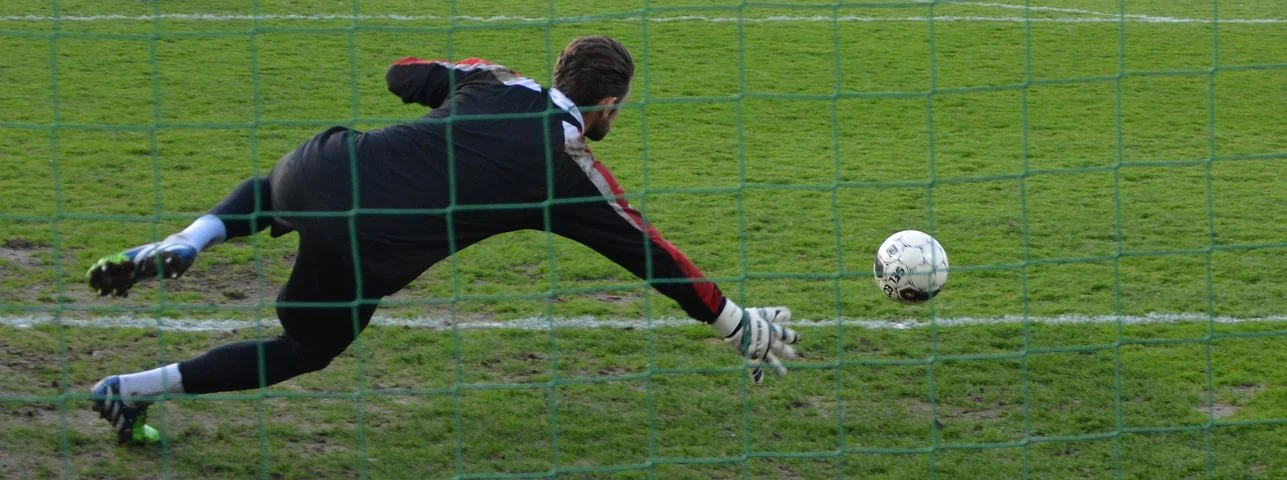Goalkeepers and Penalty Kicks - What Does the Research Say?
Author: Matt Couch
Publish Date: Sept. 29th, 2020
Goalkeepers are a unique group of soccer players. They are the only position on the field allowed to use their hands, which requires a different set of skills from their field playing counterparts. The following article looks at the research being done on goalkeepers abilities to save penalty kicks. New research, affordance based control theory, has been presented in helping explain how a goalkeeper saves a penalty kick. The research article provides information on previous studies, the affordance based control theory, and the challenge of assessing penalty kick saves.

The study assesses the amount of time it takes for a goalkeeper to make a save, compared to the time it takes for the kick. The assessment that the goalkeeper is at a disadvantage of needing 600 milliseconds to make a save compared to the 500 milliseconds to take the kick.
Because of this time disadvantage, it is believed that the goalkeeper has to rely on earlier information, i.e the penalty kickers run up and body positioning.
Other research has used video based responses, asking goalkeepers to watch a video and select their response. Providing a verbal response to a penalty kick is very different than the actual physical ability. This type of study concludes that penalty saving is a perceptual skill. Using the philosopher Dreyfus argument, “skillful action can be described and explained without recourse to internal knowledge structures.” Dreyfus continues, “subtle and refined perception of what a situation affords that distinguishes an expert from a beginner.” Cue affordance-based control theory.
What is affordance based control theory? It is the theory of actions perceived and the possible actions afforded. Example is a baseball player catching a ball, the player relies on running, ball speed, location and other actions to determine response actions.
The authors developed a model and equation to help assess how goalkeepers use information to save a penalty kick. Penalty taker approach, body positioning, planting leg, striking leg, etc. The deceptive nature of the penalty taker presents challenges as there may not be consistent key indicators for the goalkeeper to make a save, which could affect the affordance based control model.
Goalkeepers are a special breed of players, needing a different set of skills than outfield players. Penalty kicks are among the most difficult challenges for goalkeepers. Much of goalkeeper penalty save research has been done through video and verbal response, which removes the physical ability. This approach to studying goalkeeper penalty saves is lacking because of the absence of physical response. A new approach using the affordance based control theory, studies goalkeepers ability to take in information from the penalty taker and using that information decide how to make the save. More studies are needed to truly understand how a goalkeeper saves a penalty kick, but with the new affordance based control model researchers are inching closer to an answer.

